#t. eastwood | visage.
Explore tagged Tumblr posts
Text
tag dump - t. eastwood.

1 note
·
View note
Text
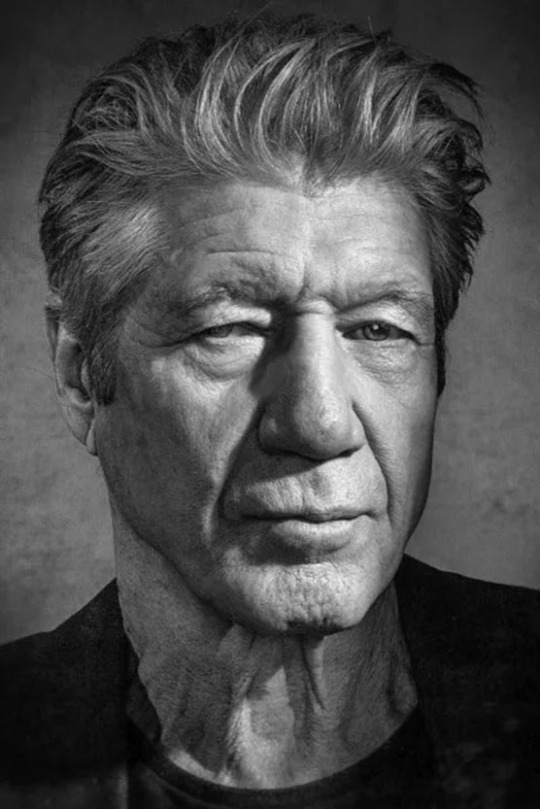
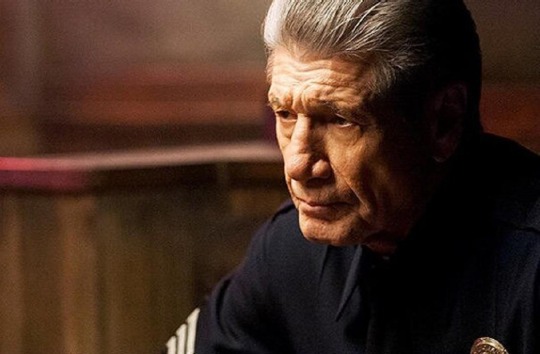
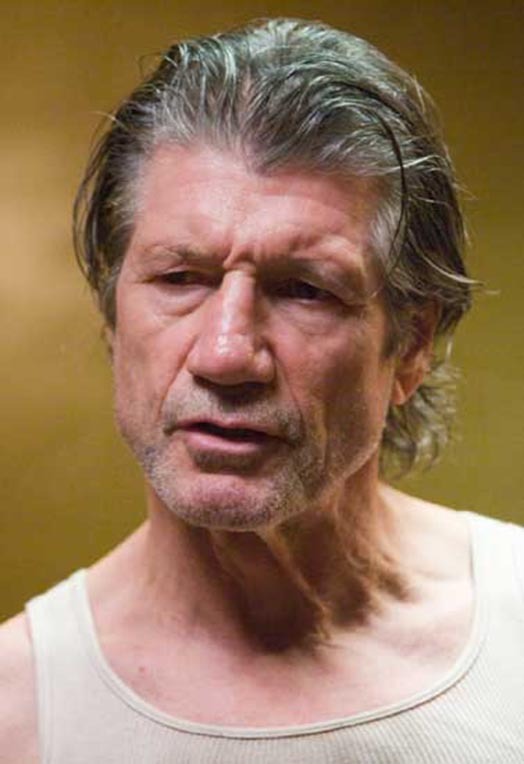
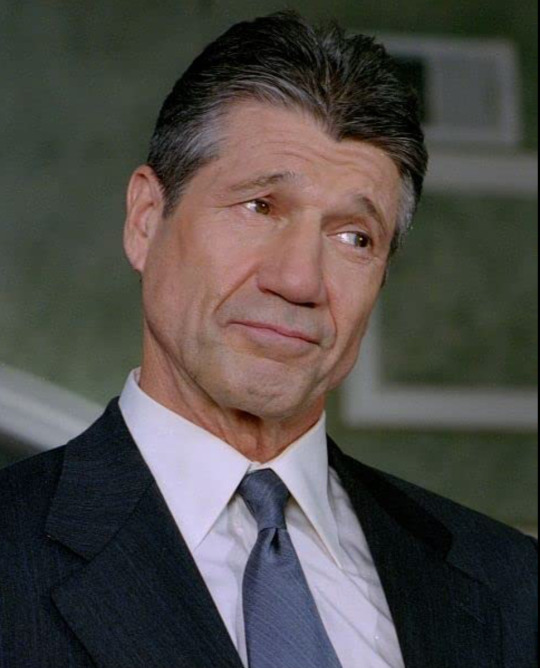


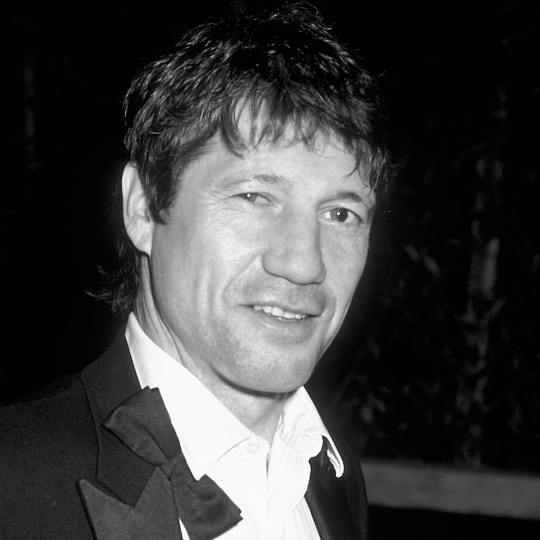

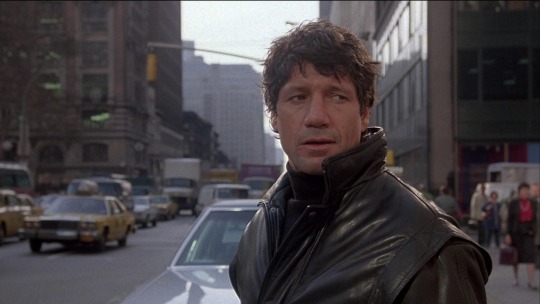

Fred Ward (1942-2022)
Blog du West 2 : "Ainsi Fred Ward est mort, à l’âge de 79 ans. On n’avait pas vraiment entendu parler de lui depuis plusieurs années et ses rares apparitions à l’écran se résumaient à de rapides « caméos » ou de banals seconds rôles. Pourtant, quand on l’a découvert, à la fin des seventies, il portait en lui les promesses d’une de ces « gueules » typiques du cinéma U.S. de la décennie précédente : les Lee Marvin, Charles Bronson (qu’il évoquait parfois), James Coburn, etc. Un visage marqué, un corps athlétique, une ironie… Mais Ward n’a jamais joué au tough guy ou au macho de cinéma. Il a toujours été naturel, drôle, sympathique. La première fois qu’on le remarque, c’est dans « L’ÉVADÉ D’ALCATRAZ », où il joue un des deux frères qui se font la belle avec Clint Eastwood. On le revoit dans « SANS RETOUR » en soldat violent. Il tient la vedette de « TIMERIDER » en motard voyageant dans le temps et c’est « L’ÉTOFFE DES HÉROS » qui le propulse au premier plan, grâce à son rôle d’astronaute rigolard mais loser et porte-poisse. Il est un collègue de Meryl Streep dans « LE MYSTÈRE SILKWOOD ». Il sera également le mari de celle-ci dans le téléfilm « AU RISQUE DE TE PERDRE », quelques années plus tard. Il est excellent en ex-soldat traumatisé dans « RETOUR VERS L’ENFER », très drôle dans le rôle-titre de « REMO, SANS ARME ET DANGEREUX » où son duo avec Joel Grey fait merveille. Il apparaît dans quelques films sans importance, avant de crever l’écran dans « TREMORS » (dont il tournera la première sequel) et « UN FLIC À MIAMI » en privé édenté. Philip Kaufman, le réalisateur de « L’ÉTOFFE DES HÉROS », lui offre le rôle d’Henry Miller dans « HENRY & JUNE », où Ward apparaît le crâne rasé. Il incarne le flic indien dans « LE VENT SOMBRE » adapté d’une série de romans populaires et joue le détective des studios dans « THE PLAYER ». On l’aperçoit encore dans « SHORT CUTS » ou « Y A-T-IL UN FLIC POUR SAUVER HOLLYWOOD ? », avant que, progressivement, il ne soit relégué à l’arrière-plan et aux participations sans intérêt. Fred Ward a frôlé le vedettariat, il avait tout pour lui : un physique d’action star, du charisme et un réel talent d’acteur, sans oublier un capital sympathie exceptionnel. Difficile d’expliquer pourquoi il a fini sa carrière dans l’anonymat. Mais de toute façon, il a tourné suffisamment de bons films pour s’inscrire dans l’Histoire du cinéma américain."
8 notes
·
View notes
Text
How Boba Fett Actor Jeremy Bulloch Set the Template for The Mandalorian
https://ift.tt/37yqKBy
Boba Fett’s green, T-visored helmet is a menacing visage that’s nearly evocative of Star Wars as Darth Vader’s; one first embodied on film by actor Jeremy Bulloch, who, sadly, passed away on December 17 at the age of 75. However, the legacy that Bulloch leaves behind has proven far greater than a character with minimal screentime and dubbed lines seemingly had any right to possess. It’s a legacy to which hit Disney+ series The Mandalorian owes a great deal of thanks.
Bulloch, born in Leicestershire, England on February 16, 1945, wasted little time getting himself onscreen with uncredited roles—while still an adolescent—in 1958 films Violent Playground and Titanic tragedy movie A Night to Remember, continuing to work steadily for years in U.K.-aimed films and television shows. He fielded a notable four-episode 1974 run as Hal the Archer on Doctor Who (opposite Jon Pertwee’s Third Doctor); his second run on the series, having previously fielded a three-episode role in 1965 with William Hartnell’s First Doctor. He was also visible in 1977’s The Spy Who Loved Me (with Roger Moore’s James Bond) as a crewman on the HMS Ranger. However, that decade’s end would yield his defining role.
Fate would land in Bulloch’s lap in 1979 when his half-brother, Robert Watts, an associate producer for director Irvin Kershner’s 1980 Star Wars sequel, The Empire Strikes Back, offered what would become a career-defining role as bounty hunter Boba Fett. While the role put Bulloch in the highly-anticipated sequel to the world’s biggest blockbuster, it came with the crucial caveat of hiding his face inside a helmet, with his lines eventually dubbed over, seemingly making it more of a stuntman’s gig. Indeed, as Watts told StarWars.com of the almost blue-collar nature of Bulloch’s casting, “I’d never managed to give Jeremy a job on film. So, I rang him up and said, ‘If the suit fits, the part’s yours.’ He came in and it fit.”
Lucasfilm
Bulloch found himself tasked with bringing to life a character who, at that point, existed as a vague concept, conceived by designers Ralph McQuarrie and Joe Johnston, and eventually debuted in animated form for the notorious 1978 Star Wars Holiday Special (voiced there by Don Francks,) before taking shape as Kenner’s mail-away action figure (one that’s extremely valuable these days). Thus, Bulloch may have been the first actor to play Boba, but he didn’t exactly originate the character. Moreover, it wasn’t even his only role in Empire, since he also fielded the minor (and unhelmeted) part of Lieutenant Shekil, the Imperial officer who was holding Leia on Bespin as she tried to warn a just-arrived Luke about Vader’s trap. Yet, that fact didn’t prevent the actor from finding a way to put an unforgettable stamp on the seemingly perfunctory role of Fett.
Read more
TV
Why The Book of Boba Fett Could Be The Mandalorian Season 3
By John Saavedra
Movies
Star Wars Actor David Prowse, Who Played Darth Vader, Dead at 85
By Don Kaye
“I thought of Boba Fett as Clint Eastwood in a suit of armor,” Bulloch said of his initial approach to the part, according to StarWars.com. Thus, inspired by Eastwood’s Western films—notably the ruthless antihero elements from his 1960s Spaghetti Western trilogy run as “The Man with No Name” for director Sergio Leone—Bulloch was able to project an attitude through Fett that didn’t necessarily reflect what the Empire script demanded. While Fett was simply in the film to be the Imperial-contracted bounty hunter who—after cleverly out-foxing his competitors—successfully tracked the Millennium Falcon to its destination of Bespin, Bulloch’s nuanced physical performance told audiences everything they needed to know about the character through his movements and gestures.
Disney/Lucasfilm
Bearing his Eastwood-inspired demeanor, Bulloch’s Fett had an ominously calm stance and constantly cradled his rifle in a way that made you believe that he could, in a blink of an eye, drop anyone stupid enough to run afoul of him. This was immediately clear from the first moment we saw him in Empire, standing amongst the other bounty hunters on the bridge of Darth Vader’s Star Destroyer, being specifically called out by the villain, who said “I want them alive, no disintegrations,” to which he—with shocking temerity—insolently responds, “as you wish.” We’d see more of that attitude later in the film when he protests to Vader of his prize, Han Solo, being put in carbonite, “What if he doesn’t survive? He’s worth a lot to me,” to which an uncharacteristically conciliatory Vader promises compensation if Han dies. Indeed, anyone who can get away with talking to Darth Vader like that must be worthy of interest. In fact, at one point Boba was eyed to be the primary villain of the threequel that we now know as 1983’s Return of the Jedi.
Interestingly, it was actor Jason Wingreen who delivered Fett’s lines in Empire (he had none in Jedi, save for a scream track), bringing a complementary gruffness apropos to the character’s Western inspiration. That element, however, would be one of many casualties in the 2004 DVD releases of the Original Trilogy, in which Wingreen’s impactful lines were replaced by re-dubbed dialogue from Temuera Morrison, who played Boba’s father, Jango Fett, in 2002 prequel middle act Attack of the Clones and (in a recent development), a Sarlacc-survived Boba himself on The Mandalorian. While Morrison has since proven himself to be a great Boba Fett onscreen, his retroactively-inserted lines in Empire—a move made to create cross-trilogy synergy—unfortunately diluted the character’s mystique, since they were delivered unemotionally, as if Boba was simply taking orders like one of his gene-modified subservient Clone Army cousins.
Disney/Lucasfilm
However, Boba Fett’s mystique remained mostly undiminished, seen as a stoic loner unconcerned with the Force—light or dark sides—and is simply trying to make a credit in a galaxy filled with “scum and villainy,” a true Western archetype. Thus, that long-held perception—enforced by Bulloch’s performances—eventually yielded The Mandalorian, which was the manifestation—in a serialized television format—of everything that the fandom had always come to believe of Boba Fett, except through Pedro Pascal’s helmeted, sartorially-similar, jet-pack-flying title character, who we’d eventually learn is named Din Djarin. Moreover, the very title of the series reflects an entire extension of the evolving Star Wars canon that stems directly from Boba, namely the planet Mandalore, the Mandalorian people, its royal lineages, Djarin’s ascetic “this is the way” subsect and even animated favorites like Star Wars: The Clone Wars’ Bo-Katan Kryze (now played onscreen by original voicer Katee Sackhoff,) and Star Wars Rebels‘ Sabine Wren. The entire concept fundamentally came into being to explain Boba’s backstory, and took shape in the way it did because of the seemingly minor element of Bulloch’s onscreen work behind a helmet.
cnx.cmd.push(function() { cnx({ playerId: "106e33c0-3911-473c-b599-b1426db57530", }).render("0270c398a82f44f49c23c16122516796"); });
Consequently, Bulloch’s Boba Fett role may not have been fodder for Oscar clips, but it did provide character-defining, emotive physicality almost akin to what we’d later see recognized in the motion-capture era of films, notably with important onscreen-hidden performers like Andy Serkis. As George Lucas expresses in a statement, “Jeremy brought the perfect combination of mystery and menace to his performance of Boba Fett, which is just what I wanted the character to convey,” adding, “In addition, Jeremy was a true gentleman who was very supportive of Star Wars and its fans, and I’m very grateful for his contributions to the saga and its legacy.”
The post How Boba Fett Actor Jeremy Bulloch Set the Template for The Mandalorian appeared first on Den of Geek.
from Den of Geek https://ift.tt/3nzu455
0 notes
Text
CLINT VS. FREDDIE

Deux films m’ont récemment remué le cortex. Pour le meilleur et pour le pire. « La Mule » et « Bohemian Rhapsody ». Malgré leur différence apparente, ils représentent pour moi les deux faces d’une même pièce : le souvenir. Celui qu’on laisse ou celui qu’on fantasme.
Commençons par « Bohemian Rhapsody ». Par quel mystère peut-on faire des biopics en 2018 comme si nous étions toujours en 1987, Marty ? Ce panégyrique poussiéreux de l’ex-chanteur de Queen est tellement réglementaire qu’on a l’impression qu’il a été écrit et réalisé par un enfant de CE2 soucieux de bien plaire à sa gentille maîtresse. Tout le cahier des charges y passe : le mimétisme des personnages principaux (jolies perruques), les références musicales appuyées, des dialogues pathétiques (les stars parlent dans la vie comme dans un film, c’est bien connu) et l’inévitable scénarisation putassière en montagnes russes (découverte, ascension, rechute, drogues, pluie diluvienne sur le visage – véridique – et renaissance in extremis, apogée, chant du cygne, méga concert, joie et larmes… Hosannah !)
Rami Malek, que j’avais bien aimé dans la série « Mr. Robot », ou fugacement dans le chef d’œuvre de Paul Thomas Anderson « The Master », en fait des tonnes. Rôle à oscar, dira-t-on, et d’ailleurs, bingo, sous vos applaudissements : il l’a décrochée, la queue du Mickey. Les autres acteurs n’ont droit qu’à deux expressions maximum (« Oh je suis surpris et émerveillé par Freddie » et « Oh je suis surpris et agacé par Freddie »). Faut quand même ne pas avoir beaucoup d’amour propre.
Un peu comme le dernier Ozon (« Grâce à Dieu ») ou le dernier Moretti (« Santiago Italia »), et toutes proportions gardées, « Bohemian Rhapsody » ne sert à rien en tant qu’œuvre cinématographique. C’est embêtant. Dans le genre, et pour se rappeler qu’un biopic au ciné n’est pas forcément un nanar, on verra plutôt « Walk the Line » sur Johnny Cash avec Joaquin Phoenix, « Control » sur Ian Curtis, « Love & Mercy » sur Brian Wilson avec Paul Dano (et pourtant je ne supporte pas les Beach Boys, mais on s’en fiche) et enfin, tout en haut du panier, le puissant « Last Days » sur Kurt Cobain par Gus Van Sant. (Le premier qui dit « La Môme » a un gage.)
Et « La Mule » alors ? Quel rapport ? J’y viens. Disons-le tout de suite, le film est assez standard. Et pourtant, allez comprendre, j’ai eu la chair de poule les deux heures durant. J’avais la chance (c’en est une) de dire adieu à ce monstre sacré du cinéma qu’est Clint Eastwood de son vivant. Le voir et le savoir devant et derrière la caméra, moi ça m’a mis du Schweppes dans la moelle épinière. Un dernier tour de piste, celui d’une icône, mais aussi d’un vieil homme qui affronte son âge et son passé de dingue avec une humilité artistique qui m’a bouleversé.
J’ai vu « La Mule » comme le testament espiègle et subtil d’un acteur-réalisateur hors du commun. Et comme disait ma mémé : on n’est rarement aussi bien servi que par soi-même. Bien malin qui s’attaquera d’ici quelques années au biopic du géant Clint Eastwood avec les mêmes gros sabots que Bryan Singer, le réalisateur de « Bohemian Rhaspody ». Si l’on n’a rien à dire, laissons les morts tranquilles.
Vous allez me dire que je défends un type pas reconnu pour son franc progressisme au détriment d’un film qui, d’une certaine manière – poussive – va dans le sens des luttes contre la discrimination des homosexuels. Je vous répondrais, encore et encore, qu’il s’agit ici de cinéma. Et comme partout, on y trouve des demi-dieux et des camelots. Et ça devrait se voir, tout de même. Un petit complément avec Blow up, la merveilleuse émission web d’Arte :
https://www.youtube.com/watch?v=xpyMMR7CMm0
Et le vrai live de Queen au LIVE AID en 1985 :
https://www.youtube.com/watch?v=A22oy8dFjqc
0 notes